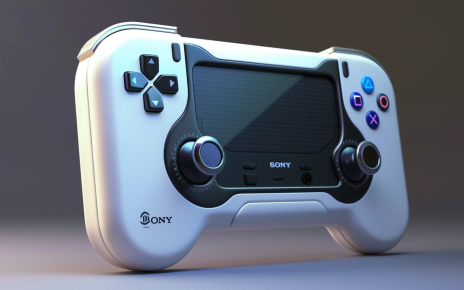In today’s digital age, the landscape of human-computer interaction is constantly evolving, shaping the way we connect and engage with technology. The fusion of human capabilities with computer systems has revolutionized how we interact with devices, opening up new possibilities for communication, productivity, and creativity.
One fundamental aspect that has significantly impacted human interaction is the integration of artificial intelligence and machine learning into everyday devices. These technologies have enabled computers to understand and respond to human behavior in more intuitive ways, enhancing user experiences and streamlining tasks. From virtual assistants that anticipate our needs to personalized recommendations based on our preferences, AI has transformed how we engage with technology on a daily basis.
Moreover, the rise of augmented reality (AR) and virtual reality (VR) has further blurred the lines between the physical and digital worlds, offering immersive experiences that redefine human-computer interaction. By overlaying digital information onto our physical surroundings or transporting us to entirely virtual environments, AR and VR have the potential to revolutionize how we communicate, learn, and collaborate.
Another key development in human-computer interaction is the emphasis on inclusivity and accessibility. Designing technology with diverse user needs in mind has become a priority, ensuring that everyone can benefit from the advancements in digital connectivity. Whether through voice commands for individuals with disabilities or intuitive interfaces for older adults, creating inclusive technology fosters a more connected and empowered society.
Furthermore, the Internet of Things (IoT) has interconnected devices in ways previously unimaginable, creating a web of smart technologies that communicate seamlessly with each other. This interconnected network not only enhances convenience in our daily lives but also opens up new avenues for collaboration and innovation across industries.
As we look towards the future of human-computer interaction, it is clear that the possibilities are endless. By embracing emerging technologies, prioritizing inclusivity, and fostering creativity in design, we can continue to enhance human connectivity and reshape the way we interact with computers. The evolution of human-computer interaction is a testament to our ability to adapt and innovate in an ever-changing digital landscape, paving the way for a more connected and technologically advanced future.
The source of the article is from the blog zaman.co.at



